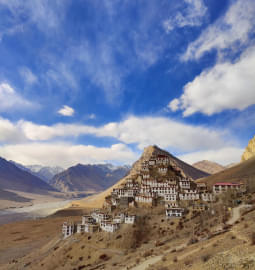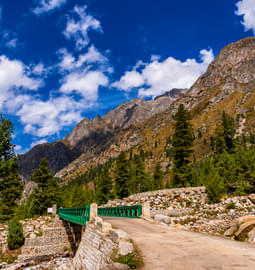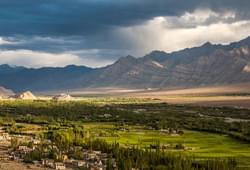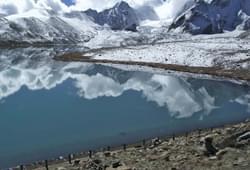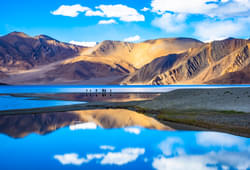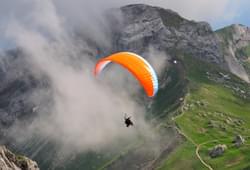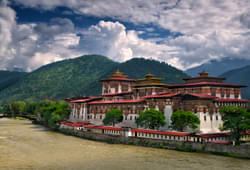Key Monastery

Location: The monastery is around 15 km from Kaza, the headquarters of Spiti Valley
Historical Significance:
- A Tibetan Buddhist monastery of the Gelugpa (Yellow Hat) sect.
- Believed to be over 1,000 years old, with origins tracing back to the 11th century.
- It has survived numerous attacks, earthquakes, and invasions over the centuries.
- A fortress-like structure built in the Tibetan monastic style.
- It has narrow corridors, dimly lit prayer halls, ancient murals, and manuscripts.
- The monastery is layered like a step pyramid on a hill, which provides a stunning visual appeal.
Tabo Monastery

- Founded in 996 AD by Rinchen Zangpo, a Buddhist translator and scholar.
- One of the oldest functioning Buddhist monasteries in India and often called the “Ajanta of the Himalayas” due to its exquisite murals.
- Unlike many hilltop monasteries, Tabo is built on flat terrain, making it unique.
- It has been continuously used for over 1,000 years and is protected by the Archaeological Survey of India (ASI) as a heritage site.
- Built in mud and stone, reflecting traditional Tibetan monastic architecture
- Comprises nine temples, four stupas, 23 chortens, and monk quarters.
- Famous for ancient murals, frescoes, and stucco sculptures that depict Buddhist mythology.
Dhankar Monastery

- Built over 1,000 years ago, it was once the capital of the Spiti kingdom.
- Originally served as a fort-monastery and residence of the Nono (the ruler of Spiti).
- Associated with the Gelugpa (Yellow Hat) sect of Tibetan Buddhism but historically linked to the Sakya sect.
- Recognized as one of the 100 Most Endangered Monuments in the World due to its fragile structure.
- Constructed on a steep cliff, giving it a fortress-like appearance.
- Made of mud and stone, with ancient murals, Buddhist scriptures, and thangkas.
- Has small caves and meditation cells used by monks.
- Features two main sections: the Old Dhankar Monastery and the New Dhankar Monastery (built recently for safety reasons).
Shashur Monastery

- Established in the 17th century by Deva Gyatso, a Tibetan Lama of the Drukpa (Red Hat) sect of Tibetan Buddhism.
- The name Shashur means "Blue Pines", referring to the blue pine trees surrounding the monastery.
- It is known for its deep Tibetan influence, as it was founded by a monk who studied under Zhanbag Lama, the guru of the 9th Dalai Lama.
- A three-story structure built in traditional Tibetan style.
- Famous for intricate wall paintings, depicting Buddhist deities and legends.
- Features large Thangka paintings, including one that is 15 feet high.
- Houses ancient Buddhist manuscripts and sculptures of Buddhist deities.
Gemur Monastery

Historical Significance:
- Believed to have been built in the 13th century, making it one of the oldest monasteries in Lahaul Valley.
- Follows the Drukpa (Red Hat) sect of Tibetan Buddhism.
- Known for its rich history, it served as a center for Buddhist learning and meditation.
- A traditional Tibetan monastery with whitewashed walls and colorful paintings.
- Features intricate murals, frescoes, and ancient Buddhist relics.
- Houses beautiful statues of Buddhist deities, including a prominent Maitreya (Future Buddha) statue.
Chandratal Lake

- Chandratal Lake is in the Spiti Valley, near the Kunzum Pass. The lake is around 14 km from Batal, 45 km from Kaza, and 125 km from Manali.
- The name Chandratal means "Lake of the Moon", due to its crescent shape.
- Believed to be the spot where Indra's chariot picked up Yudhishthira, according to Hindu mythology.
- A sacred lake for both Hindus and Buddhists, with deep spiritual significance.
- Declared a Ramsar Wetland Site due to its ecological importance.
- Camping Near Chandratal– Perfect for astrophotography.
- Chandratal Trek– A scenic adventure through rugged landscapes.
- Photography & Sightseeing – Breathtaking sunrise and sunset views.
- Spiritual Reflection – A serene spot for meditation and relaxation.
Hikkim Village

Key Highlights:
- Home to the World’s Highest Post Office – Hikkim Post Office, at 4,440 meters, is the highest in the world.
- One of the Highest Inhabited Villages in India – Among the few villages with year-round human settlement at this altitude.
- Buddhist Monastery & Traditional Mud Houses – Reflecting the Tibetan influence and Spitian way of life.
- Spectacular Views – Surrounded by barren mountains and snow-capped peaks
- From Kaza (16 km) – A steep but motorable road leads to Hikkim.
- From Manali (200 km) – Via Atal Tunnel and Kunzum Pass.
- From Shimla (440 km) – Via Kinnaur and Tabo.
Langza Village

For families planning a Spiti family trip, Langza offers a unique blend of natural beauty and cultural immersion. The combination of educational experiences and breathtaking views makes Langza an ideal destination for a memorable family adventure.
- Giant Buddha Statue – A towering golden Buddha overlooks the village, symbolizing protection and peace.
- Fossil Hunting – Langza is famous for marine fossils from the Tethys Sea, dating back millions of years.
- Majestic Himalayan Views – The village is surrounded by the Chau Chau Kang Nilda Peak (6,303 meters).
- Traditional Spitian Lifestyle – Home to mud-brick houses and a rich Buddhist culture.
- From Kaza (14 km) – A short yet scenic drive through rugged terrain.
- From Manali (200 km) – Via Atal Tunnel, Kunzum Pass, and Kaza.
- From Shimla (440 km) – Via Kinnaur, Tabo, and Kaza.
Pin Valley National Park
- Snow Leopard Habitat – A crucial part of the Cold Desert Biosphere Reserve, home to over 20 snow leopards.
- Rich Wildlife – Includes ibex, red fox, Himalayan marmot, Tibetan gazelle, and various bird species like the golden eagle and Himalayan griffon.
- Stunning Landscapes – Characterized by barren mountains, deep gorges, and lush meadows in summer.
- Remote Monasteries – Home to ancient Buddhist monasteries, including the Kungri Monastery.
- From Kaza (32 km) – Accessible via Mudh village, the last motorable point.
- From Manali (210 km) – Via Atal Tunnel, Kunzum Pass, and Kaza.
- From Shimla (450 km) – Via Kinnaur, Tabo, and Kaza.
Losar Village

- First Village of Spiti Valley – As you enter from Manali via Kunzum Pass.
- Breathtaking Landscapes – Surrounded by barren mountains, glaciers, and river streams.
- Gateway to Chandratal Lake & Kunzum Pass – A key stop for travelers exploring Spiti.
- Remote & Peaceful Environment – Ideal for those seeking solitude and tranquility.
- From Kaza (58 km) – A scenic drive through the high-altitude desert.
- From Manali (150 km) – Via Atal Tunnel, Gramphu, Batal, and Kunzum Pass.
- From Shimla (430 km) – Via Kinnaur, Nako, Tabo, and Kaza.
Kunzum Pass

- One of the Highest Motorable Passes in India – A thrilling route for bikers and adventurers.
- Gateway to Spiti Valley – The pass links Lahaul Valley (Keylong) to Spiti Valley (Kaza).
- Kunzum Mata Temple – Dedicated to Goddess Kunzum, where travelers seek blessings before continuing their journey.
- Stunning Views of Chandrabhaga Peaks – Snow-covered mountains and glaciers provide a surreal experience.
- Route to Chandratal Lake – A 14 km trek or drive from Kunzum Pass leads to the mesmerizing Moon Lake (Chandratal).
- From Manali (122 km) – Via Atal Tunnel, Gramphu, Chhatru, and Batal.
- From Kaza (75 km) – Scenic drive through barren landscapes.
- From Keylong (140 km) – Accessible via Lahaul Valley.
Mud Village

- Gateway to Pin Valley National Park – Home to rare wildlife, including the elusive snow leopard.
- Start/End Point for Famous Treks – Base for the Pin-Parvati Pass Trek and Pin-Bhabha Pass Trek.
- Unparalleled Natural Beauty – Surrounded by barren mountains, lush meadows, and glacial rivers.
- Traditional Spitian Culture – Experience warm hospitality and a simple Buddhist way of life.
- From Kaza (50 km) – A scenic drive via Gulling and Sagnam villages.
- From Manali (210 km) – Via Atal Tunnel, Kunzum Pass, and Kaza.
- From Shimla (470 km) – Via Kinnaur, Tabo, and Kaza.

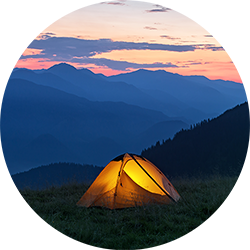


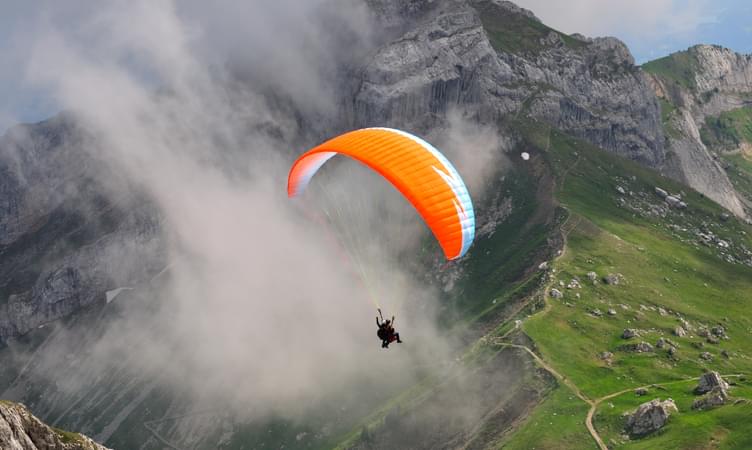

.jpg?gravity=center&width=90&height=90&crop=fill&quality=auto&fetch_format=auto&flags=strip_profile&format=jpg&sign_url=true)




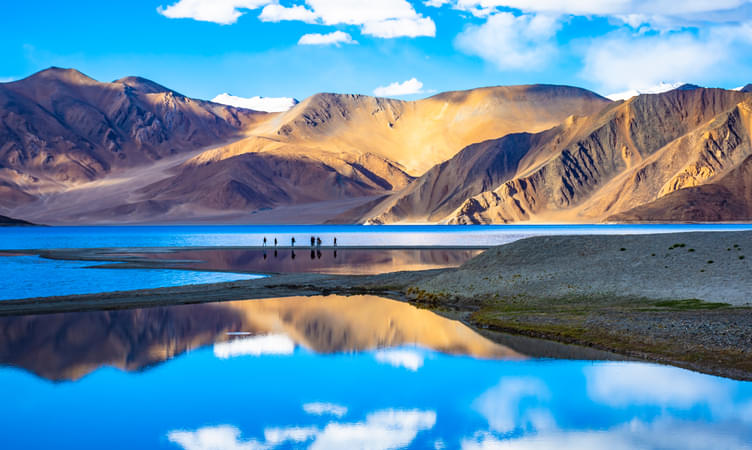






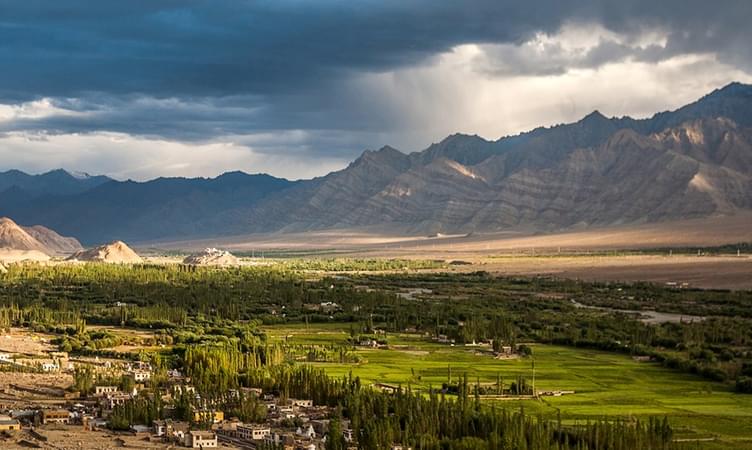






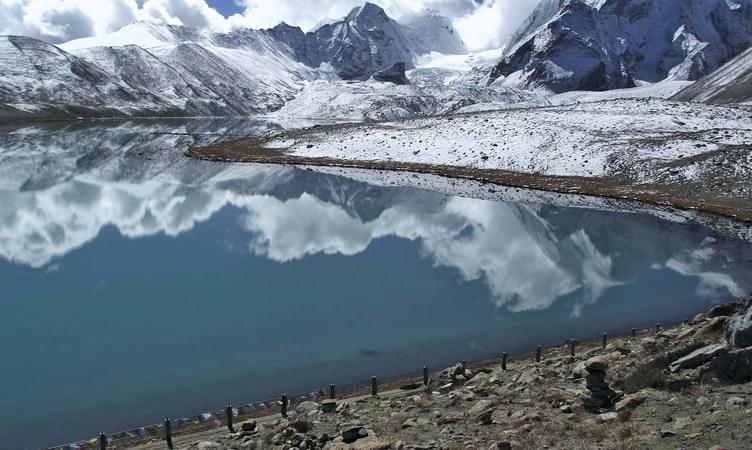






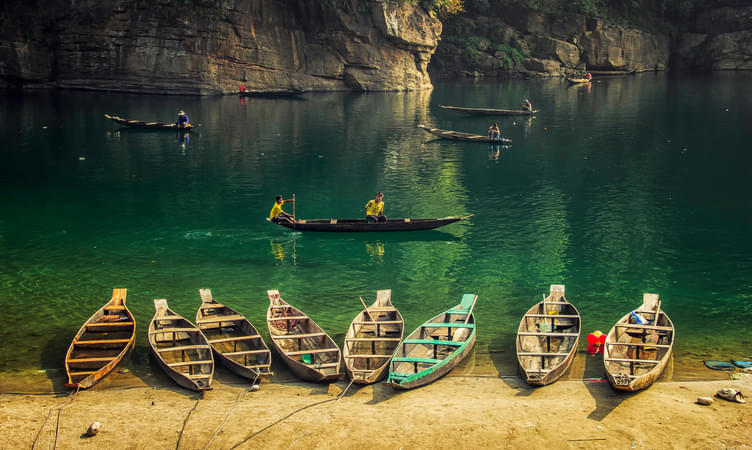




.jpg?gravity=center&width=90&height=90&crop=fill&quality=auto&fetch_format=auto&flags=strip_profile&format=jpg&sign_url=true)

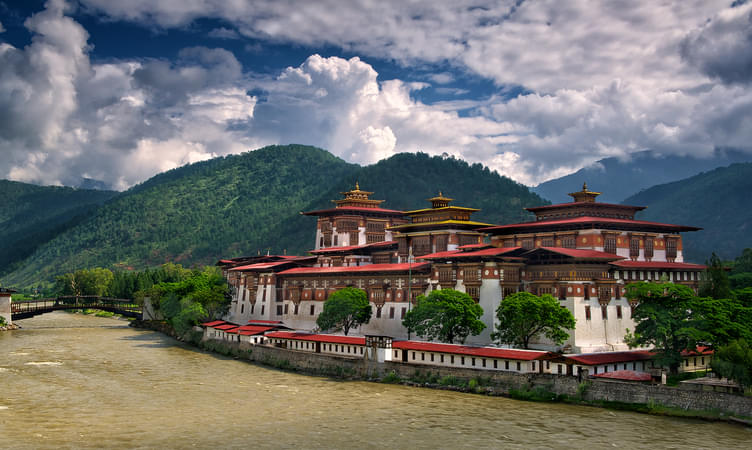










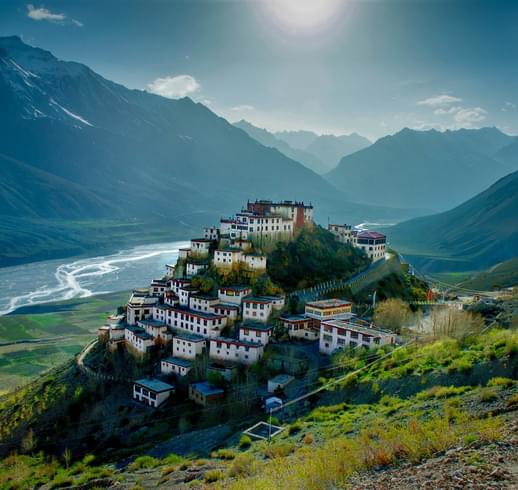

.jpg?w=350&h=210&dpr)



.jpg?gravity=center&width=255&height=270&crop=fill&quality=auto&fetch_format=auto&flags=strip_profile&format=jpg&sign_url=true)
.webp?gravity=center&width=255&height=270&crop=fill&quality=auto&fetch_format=auto&flags=strip_profile&format=jpg&sign_url=true)

